 A researcher in Germany has logged her fourth retraction following an investigation by her former employer that found evidence of scientific misconduct.
A researcher in Germany has logged her fourth retraction following an investigation by her former employer that found evidence of scientific misconduct.
The latest retraction for Tina Wenz in the Journal of Applied Physiology mentions the probe at the University of Cologne in Germany, which recommended retracting six of her papers. One had already been retracted by the time the report was released; last month, we reported that two others had been pulled. Now, we’ve come across a fourth.
Here’s the latest retraction notice: Continue reading Researcher loses 4th paper flagged by misconduct probe
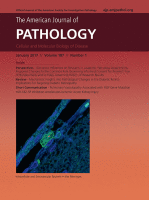 A pathology journal is retracting two papers after an investigation at the last author’s institution in Germany found evidence of scientific misconduct.
A pathology journal is retracting two papers after an investigation at the last author’s institution in Germany found evidence of scientific misconduct.
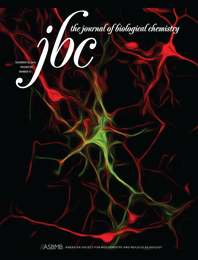

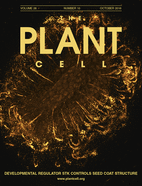
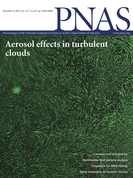
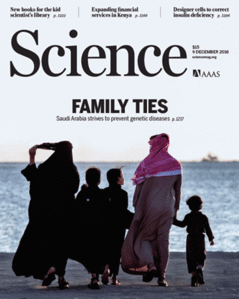
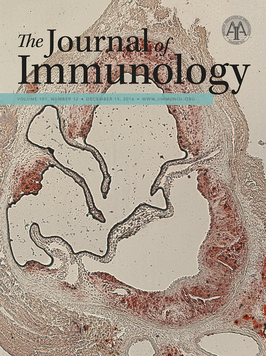 A lab at the University of California, Los Angeles has retracted two papers for duplicated images.
A lab at the University of California, Los Angeles has retracted two papers for duplicated images.